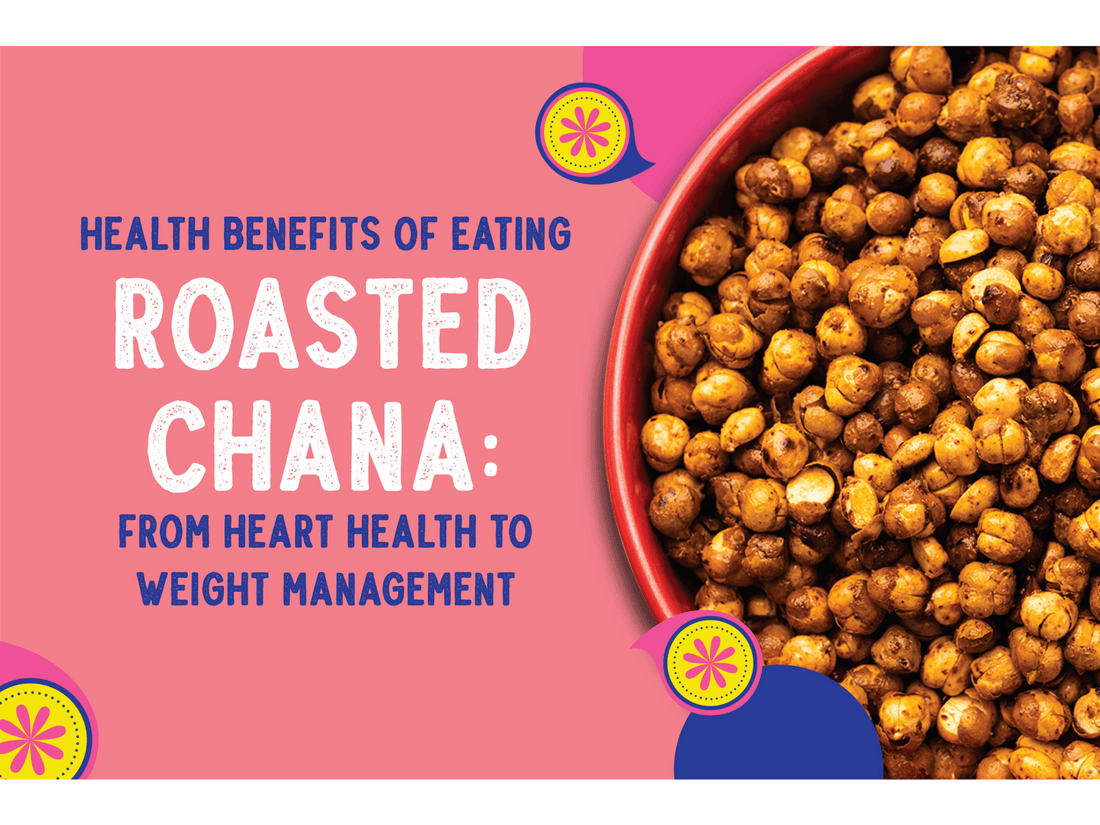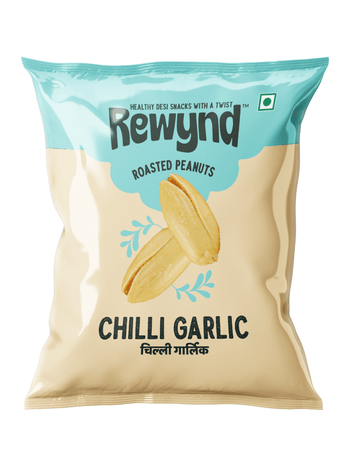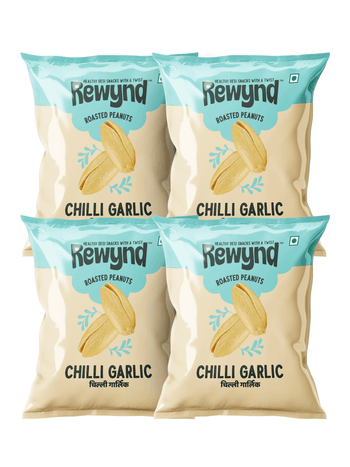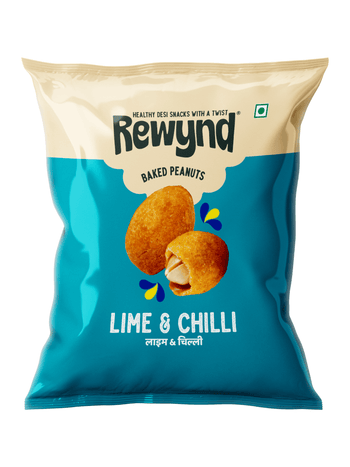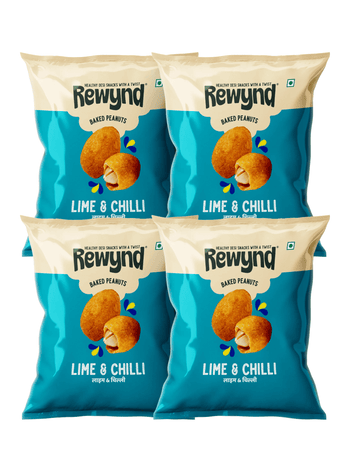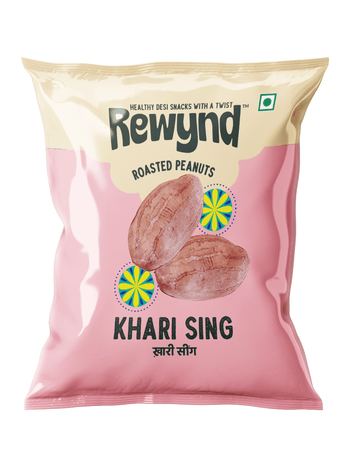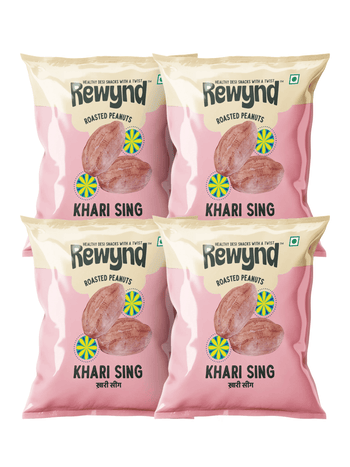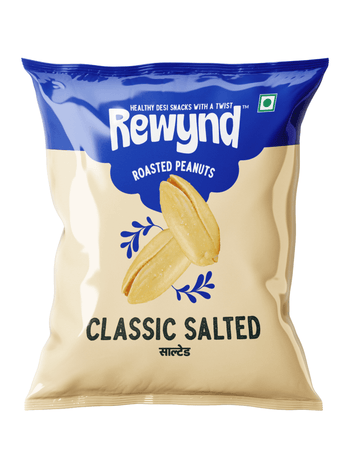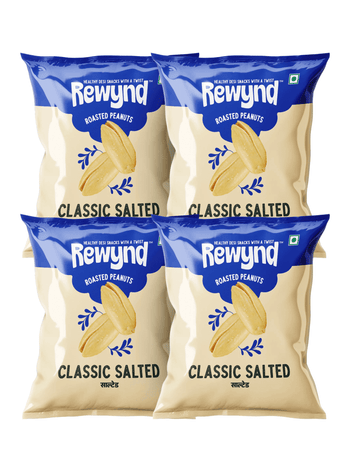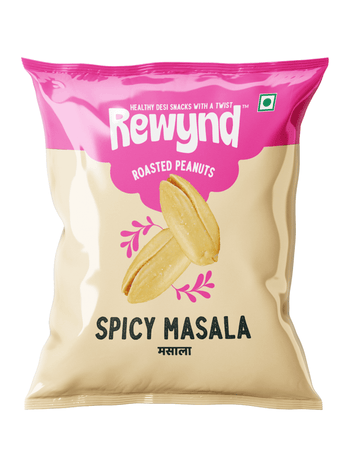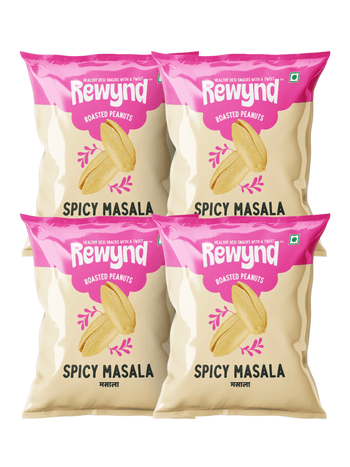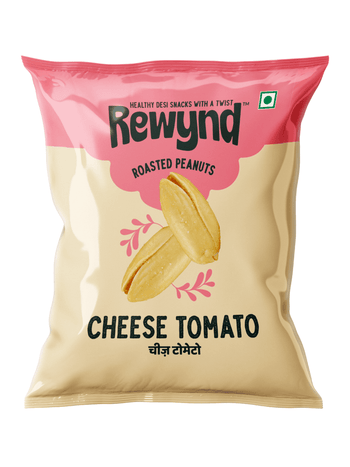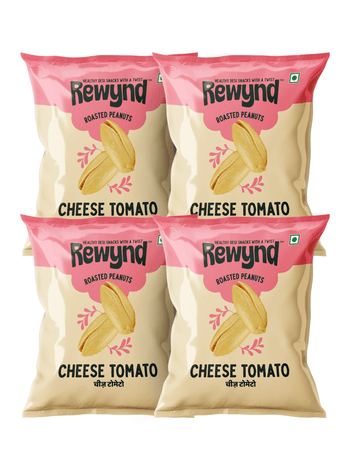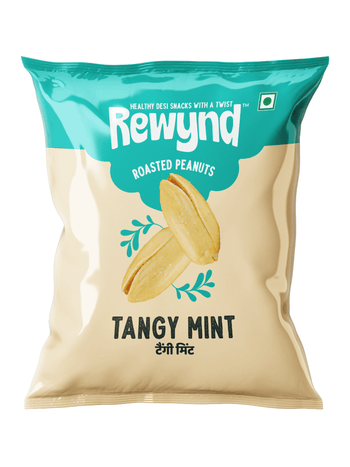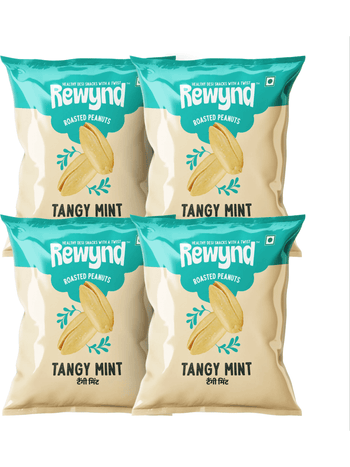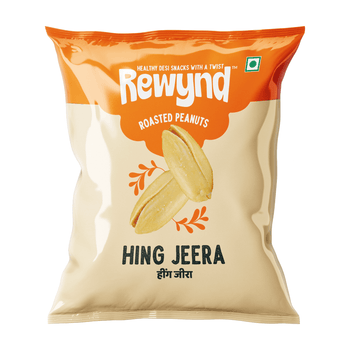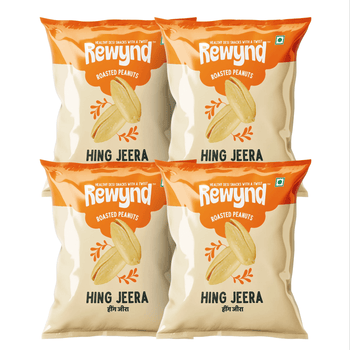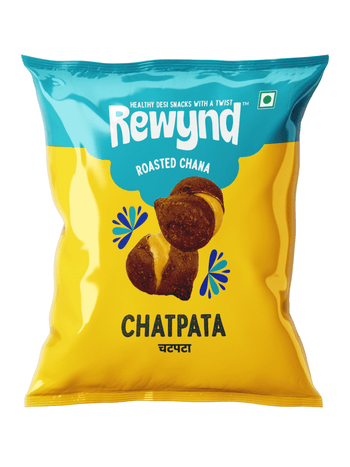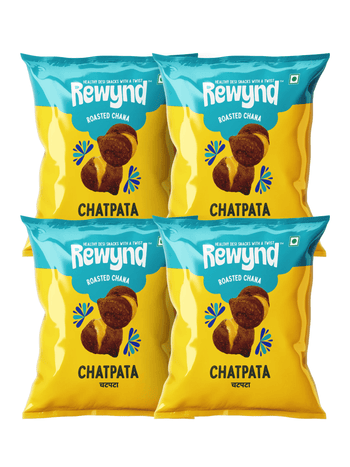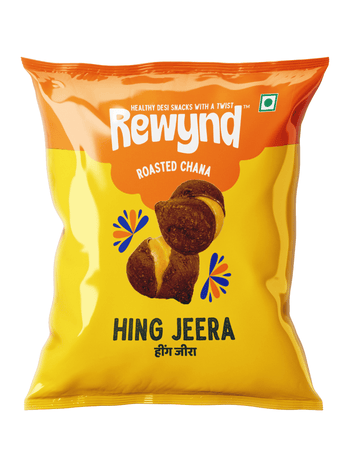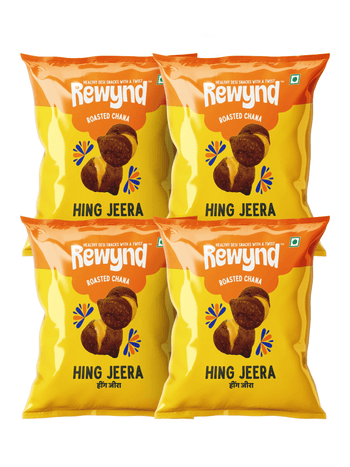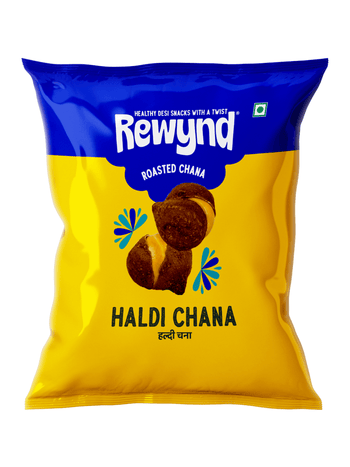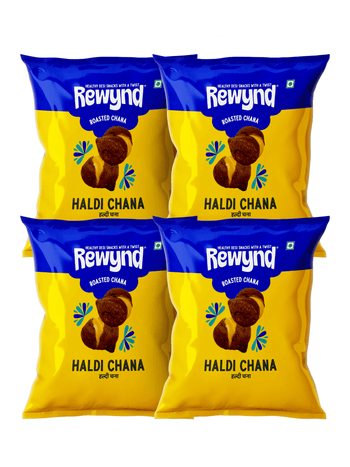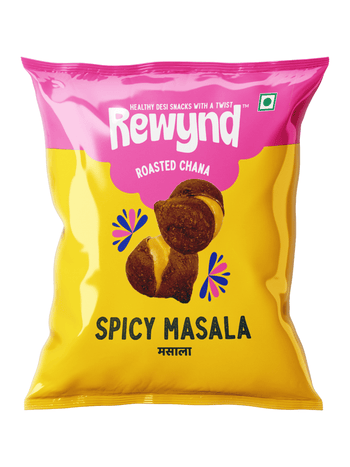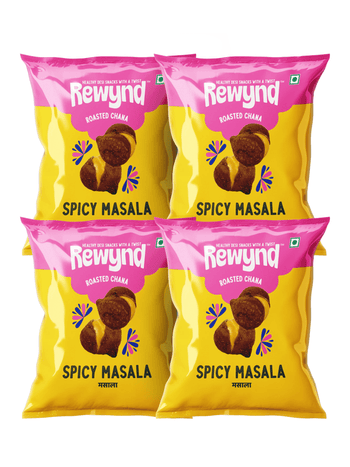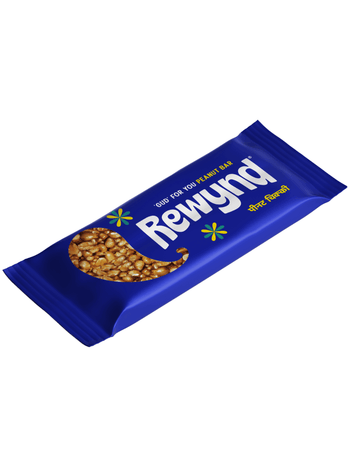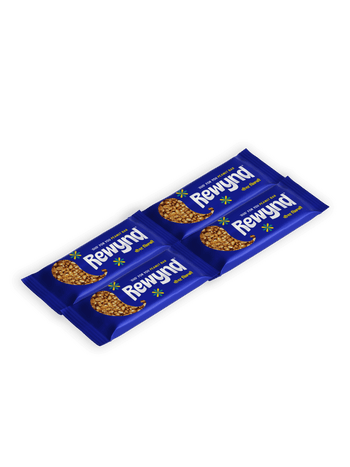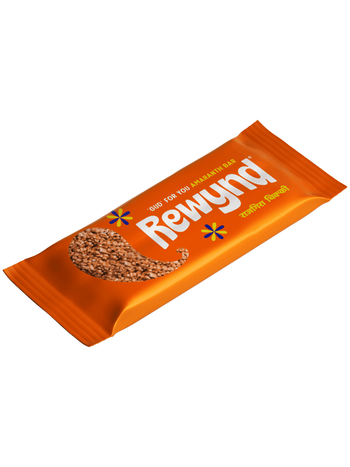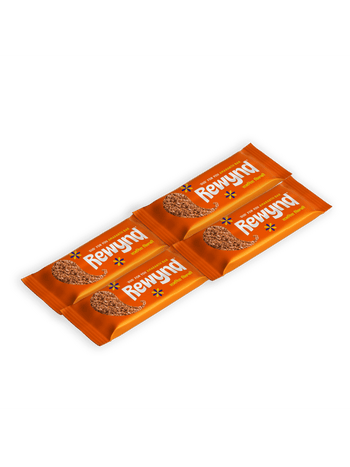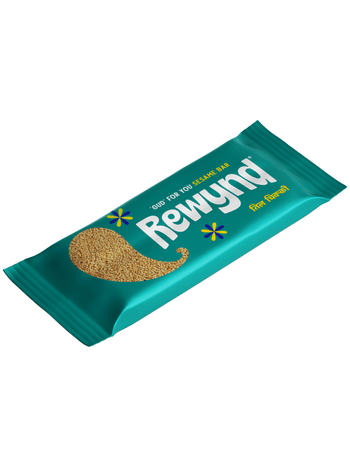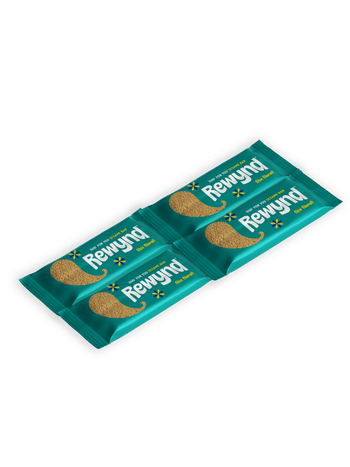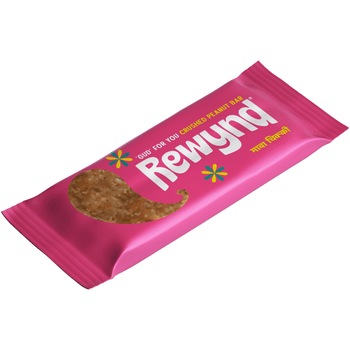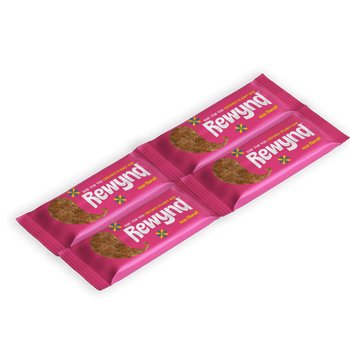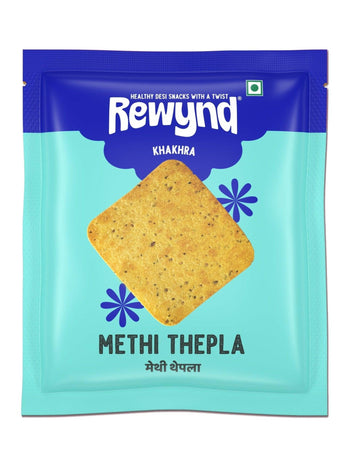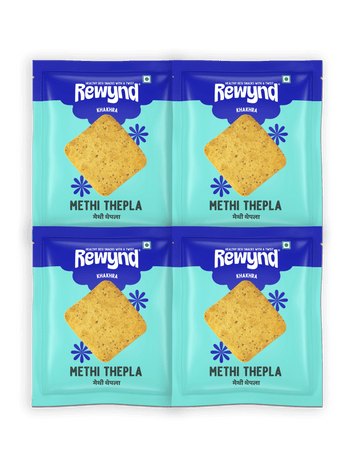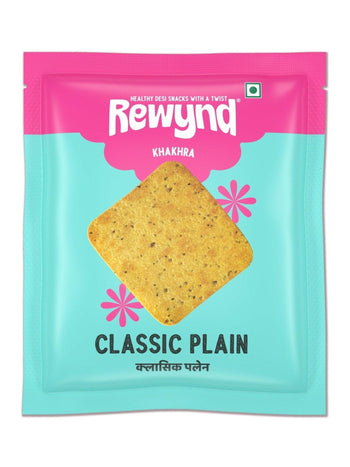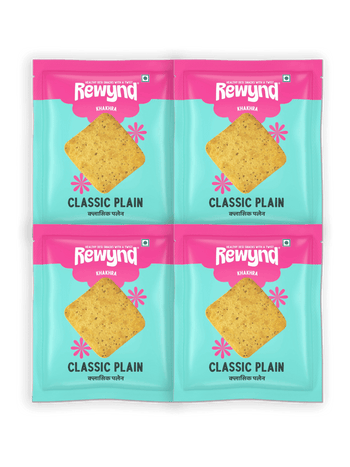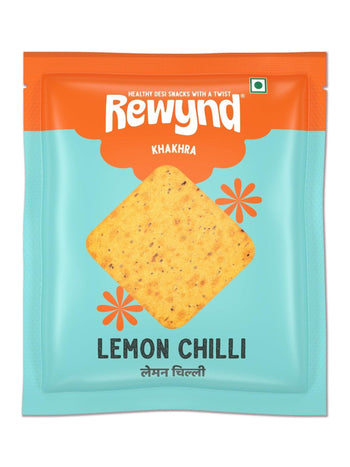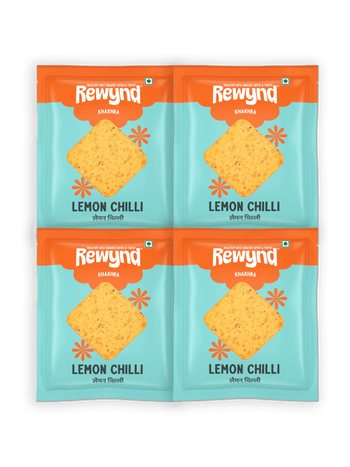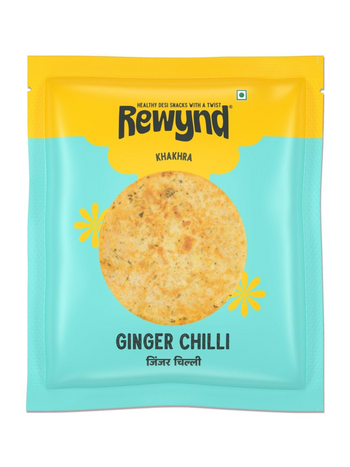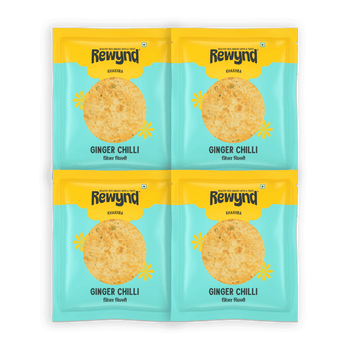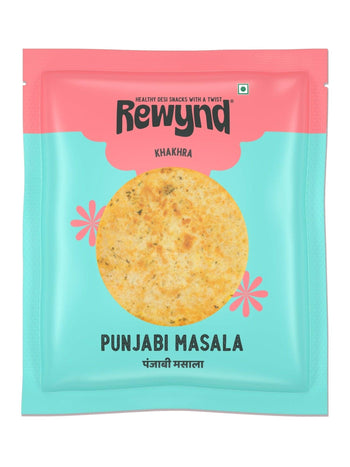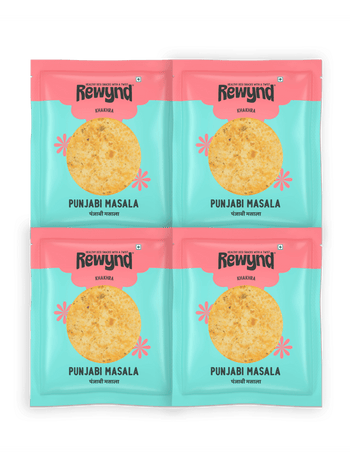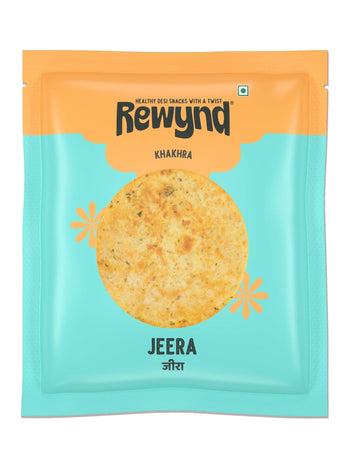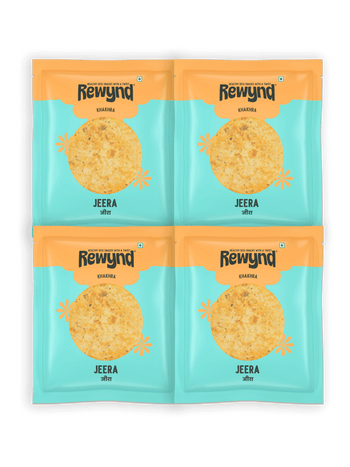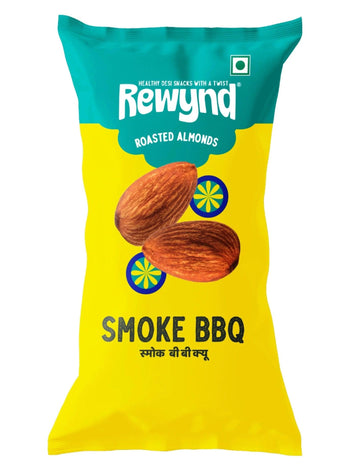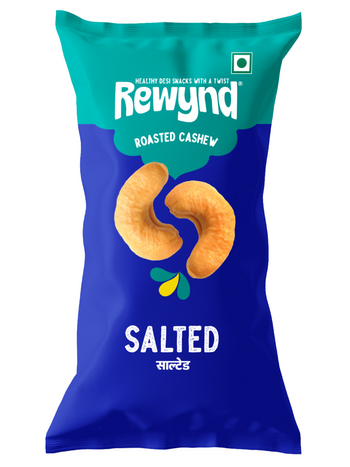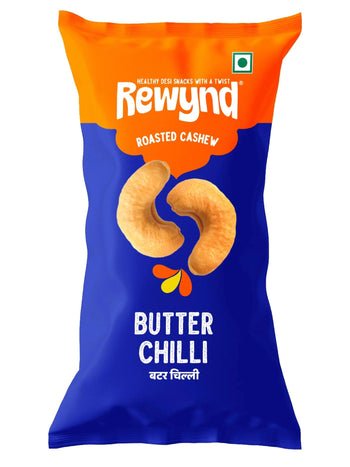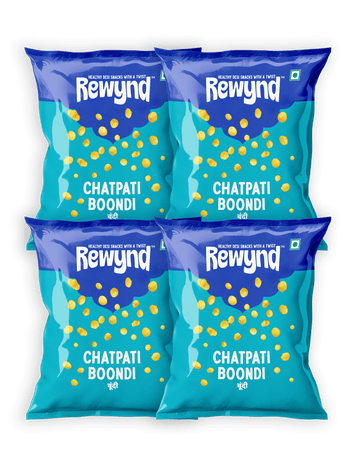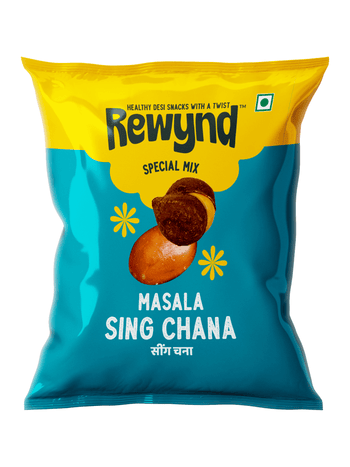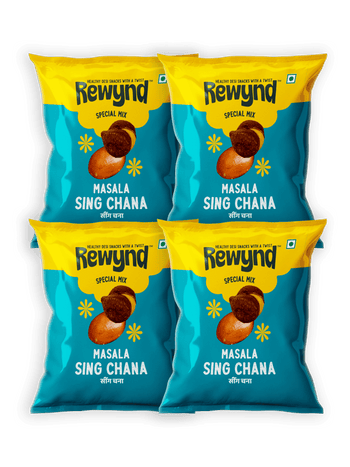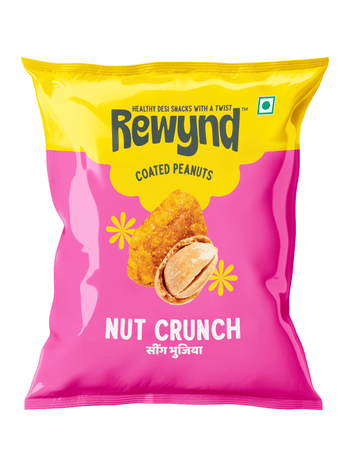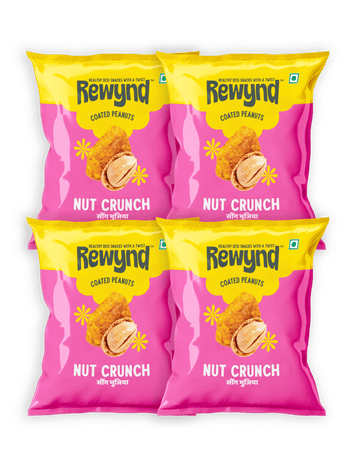Greetings, foodies, health enthusiasts, and lovers of all things delightfully munchy! Today, we're going to chat about a snack that's been a crowd favorite for centuries, particularly in India. You've guessed it; we're talking about the fabulous, crunchy, and oh-so-tasty Roasted Chana! These golden orbs aren't just delectable; they're also packed with numerous health benefits. Ready to dive into this crunchy world of goodness? Of course, you are!
Roasted Chana vs Regular Chana
Roasted Chana: Roasted chana tends to have a higher fat content due to the roasting process. It also has a slightly higher sodium content. While it provides a good amount of protein and dietary fibre, it might have slightly reduced levels of some vitamins and minerals due to the roasting process.
Regular Chana (Cooked): Regular cooked chana has lower fat and sodium content compared to roasted chana. It's higher in carbohydrates, including dietary fibre, which can contribute to a feeling of fullness. It's also a better source of certain vitamins and minerals like vitamin C and iron, as cooking can enhance the bioavailability of these nutrients.

Nutrition in 100gm Roasted Chana
Note: These values are approximate and calories burning differs in each individual
| Nutrient | Roasted Chana (100g) | Regular Chana (Cooked, 100g, Soaked) |
|---|---|---|
| Energy | 429 kcal | 300 kcal |
| Protein | 21.4 g | 15 g |
| Total lipid (fat) | 10.7 g | 5 g |
| Carbohydrate, by difference | 64.3 g | 45 g |
| Fiber, total dietary | 17.9 g | 12 g (not soaked) |
| Calcium, Ca | 0 mg | 57 mg (not soaked) |
| Iron, Fe | 5.14 mg | 4.31 mg (not soaked) |
| Potassium, K | Not specified | 718 mg (not soaked) |
| Sodium, Na | 339 mg | Not specified (likely lower due to soaking) |
| Vitamin C, total ascorbic acid | 0 mg | Not specified (likely minimal) |
| Vitamin A, IU | 0 IU | Not specified (likely minimal) |
| Fatty acids, total saturated | 0 g | Not specified (likely minimal) |
| Fatty acids, total monounsaturated | 7.14 g | Not specified (general fat content lower in soaked) |
| Fatty acids, total polyunsaturated | 3.57 g | Not specified (general fat content lower in soaked) |
| Fatty acids, total trans | 0 g | Not specified (likely 0 g) |
| Cholesterol | 0 mg | Not specified (likely 0 mg) |
The choice between roasted and regular chana depends on your dietary preferences and goals. Both options have their own benefits, and incorporating a variety of preparations can provide a broader range of nutrients.
The Munch-astic World of Roasted Chana
Roasted Chana, or Bengal Gram, is a type of chickpea that's been toasted to crispy perfection. Now, these aren't your average, run-of-the-mill snacks. They're high protein snacks that can power up your day and fill you up in no time. And let's not forget how easy they are to carry around! Whether you're in for a long office meeting, a tiresome journey, or a Netflix binge, Roasted Chana is always the perfect companion.
Health Benefits of Eating Roasted Chana(Bhuna Chana)
Now, beyond their lip-smacking taste, these crunchy little champs are loaded with health benefits. When we say Roasted Chana is good for you, we really mean it!

Weight Management: The Waistline Whisperer
When it comes to weight management, Roasted Chana is your ultimate ally. High in protein and fiber yet low in calories, these little gems can keep you full longer, staving off those pesky hunger pangs and reducing overeating. Plus, the process of chewing these crunchy nibbles requires some effort, which gives your brain enough time to register when you're full. Neat, huh?
High Protein Roasted Chana: For the Muscle Moguls
Looking for a veggie-friendly source of protein? Look no further! As high protein snacks, Roasted Chana offers an ample amount of protein, essential for muscle growth and repair. It's like a mini workout session in every munch!
Roasted Chana Benefit for skin:
Roasted chana is good for your skin because it has things that help it stay healthy:
- It helps your skin be firm and stretchy by making collagen.
- It has stuff that fights damage to your skin and keeps it looking nice.
- It helps heal cuts and keeps your skin cells strong.
- It keeps your skin from getting too dry and helps it stay full of water.
- It has something that helps your tummy work well, which is good for your skin too.
Roasted Chana Benefit for Diabetes:
Roasted chana can help with diabetes, which is a sugar problem in your body:
- It has things that increase your sugar slowly, so it's good for your blood sugar.
- It helps your food go through your tummy slowly, which helps your blood sugar stay steady.
- It has things that stop your sugar from getting too high.
Roasted Chana Benefit for Blood Pressure:
Roasted chana can help with your blood pressure, which is about how hard your blood pushes in your body:
- It has something that makes your blood pressure not go too high.
- It doesn't have many of the things that can increase blood pressure.
- It has something that makes your blood vessels bigger, which is good for your blood pressure.
Roasted Chana Benefit For Heart Health:
Roasted Chana is rich in fiber, which is a boon for your heart. It helps lower cholesterol levels and reduces the risk of heart diseases. The magnesium and potassium content, which act as vasodilators, further adds a feather to its heart-healthy cap. Each handful is a step towards a happy heart!
Roasted chana is good for your heart, the part that helps your blood move around in your body:
- It doesn't have the bad fat that can hurt your heart.
- It has stuff that helps your heart be strong.
- It has things that keep your blood vessels clear and your heart working well.
- It has something that stops bad stuff from hurting your heart.
- It has something that helps your heartbeat in the right way.
Side Effects of Eating Roasted Chana:
-
Digestive Issues: Roasted chana is high in dietary fibre, which can be good for digestion. However, consuming too much fibre, especially if you're not used to it, can lead to gas, bloating, and stomach discomfort. It's important to gradually introduce fibre-rich foods into your diet to avoid digestive issues.
-
Caloric Intake: Roasted chana can be calorie-dense due to its fat content. Overeating roasted chana can lead to excessive calorie intake, potentially contributing to weight gain if not balanced with other aspects of your diet and activity level.
-
Sodium Content: Depending on how the chana is seasoned during roasting, it might contain added salt. Excessive salt intake can contribute to high blood pressure and water retention. If you have hypertension or are sensitive to sodium, choosing unsalted or lightly salted versions is wise.
- Allergies: Some individuals might be allergic to legumes like chickpeas. It could indicate an allergic reaction if you experience hives, itching, swelling, or difficulty breathing after consuming roasted chana.
Healthy Indian Snacks: The Tradition of Goodness
Roasted Chana has been a staple in Indian households for centuries. As healthy Indian snacks go, these guys are the superstars! Paired with a hot cup of chai or as a topping on a tangy chaat, Roasted Chana seamlessly integrates health with indulgence.
So, folks, it's time we paid homage to this humble, yet super nutritious snack. The next time you're peckish, reach out for that jar of Roasted Chana, and relish the delicious path to health and wellness. Whether it's for heart health or weight management or just an afternoon treat, Roasted Chana is the crunchy superhero you didn't know you needed. Let's get munching!
Remember, though, moderation is the key to enjoying all good things in life, and Roasted Chana is no exception. Now go ahead and add some crunch to your life. You can thank us later!
In short, let's raise a toast (or a roast?) to Roasted Chana, the crunchy, tasty, and healthy Indian snack that's making waves in the world of wholesome nutrition. It’s time to feel good about snacking again!
FAQ’s
1. Can we eat roasted chana daily?
Yes, we can eat roasted chana daily in moderation as part of a balanced diet. Roasted chana (chickpeas) is a good protein, fibre, and essential nutrients source. However, like any food, it's important not to overconsume. Variety in your diet is key to getting a wide range of nutrients from different sources.
2. How much protein is in roasted chana?
Roasted chana contains approximately 6-8 grams of protein per 1-ounce (28-gram) serving. Protein content can vary slightly based on factors such as the size and variety of the chickpeas.
3. What Is the Best Time to Eat Chana?
There isn't a specific "best" time to eat chana that applies to everyone. It can be consumed as a snack between meals or added to dishes like salads, soups, and curries. Some people prefer to have chana as part of their breakfast or as an afternoon snack to keep their energy levels steady. It ultimately depends on your individual dietary preferences and needs.
4. What is better, roasted chana or regular chana?
Both roasted chana and regular chana (cooked or canned chickpeas) have their nutritional benefits. Roasted chana is often consumed as a crunchy and satisfying snack, but it may have slightly higher calorie content due to the roasting process. Regular chana, when cooked, retains its nutrient content and can be used in various dishes, providing protein, fibre, and other nutrients. The choice between the two depends on your preference and how you plan to include them in your diet.
5. Can We Eat Chana Empty Stomach?
Yes, we can eat chana on an empty stomach, but it's important to consider our body's individual response. Chana is rich in fibre and protein, which can be filling for some people. If you have a sensitive stomach or experience discomfort after consuming chana on an empty stomach, you might want to eat it with other foods or as part of a meal.
